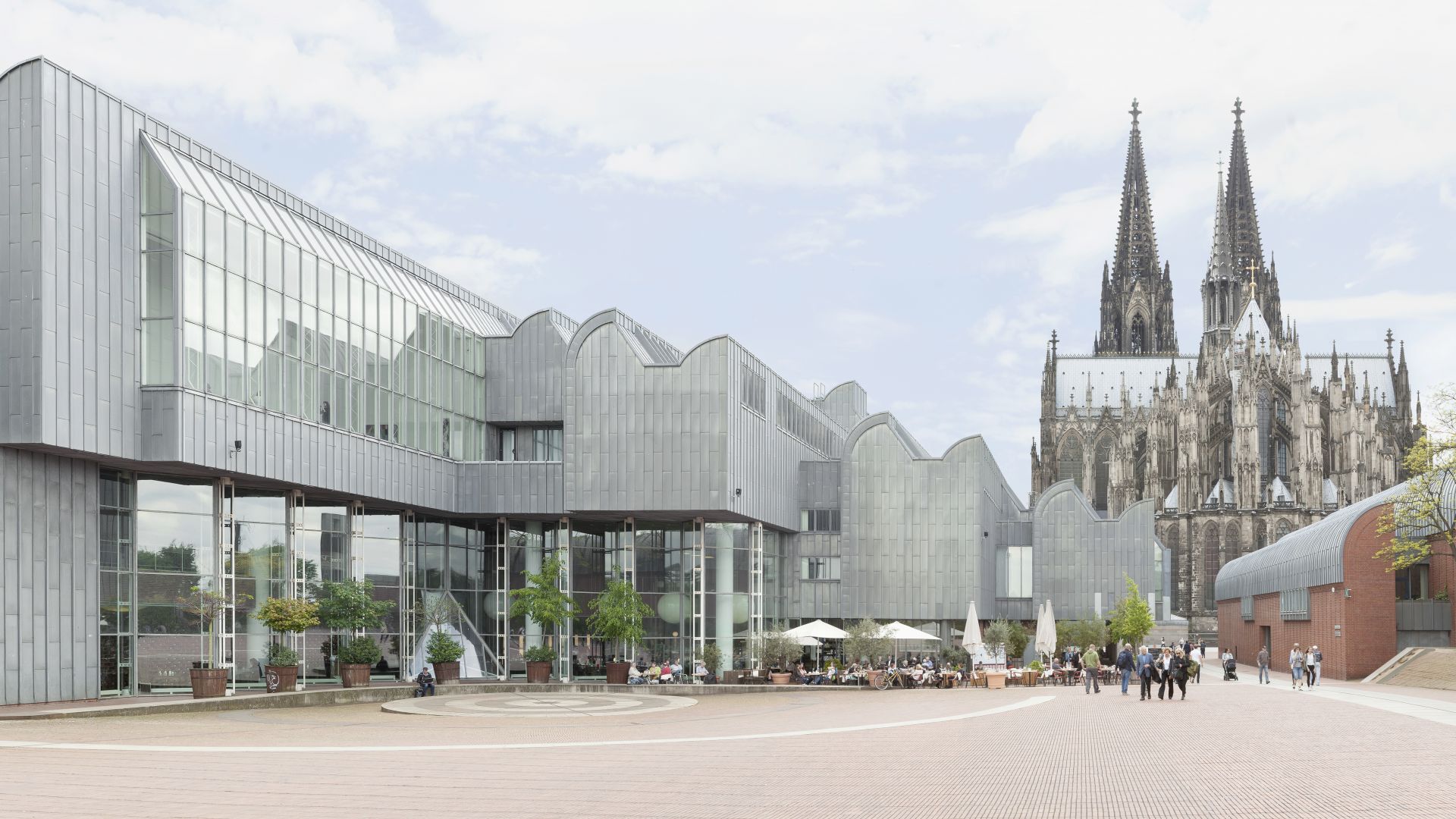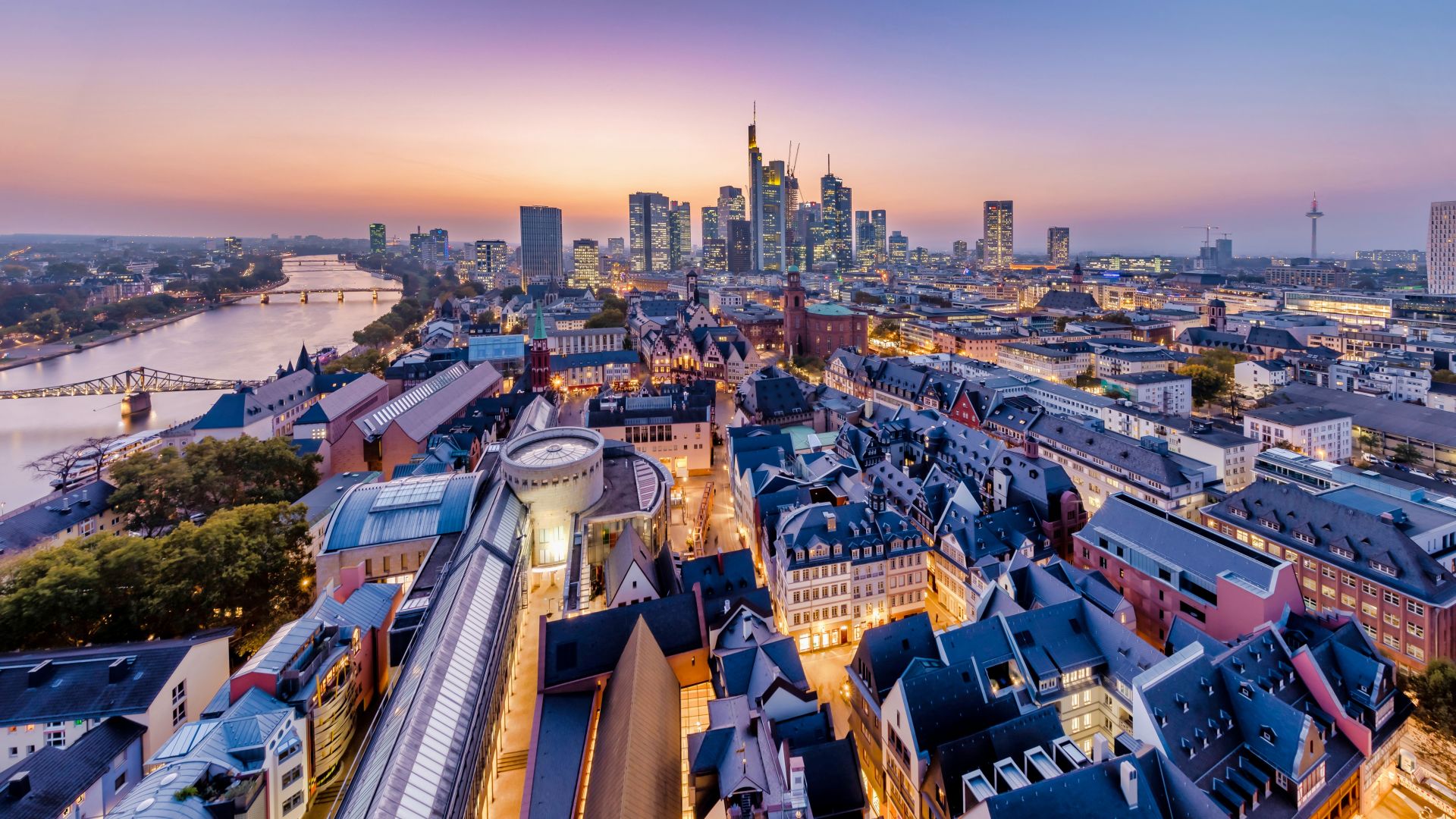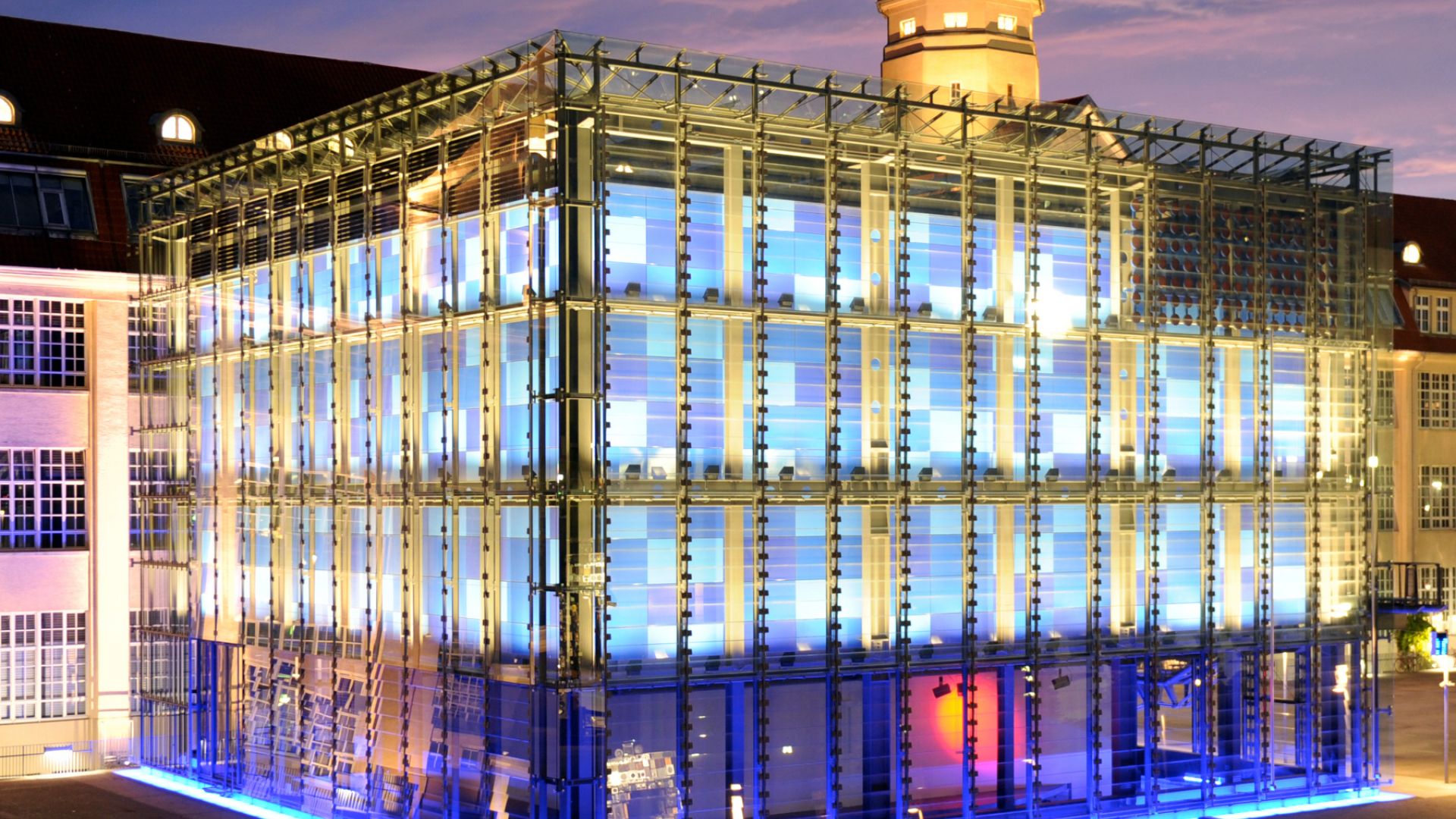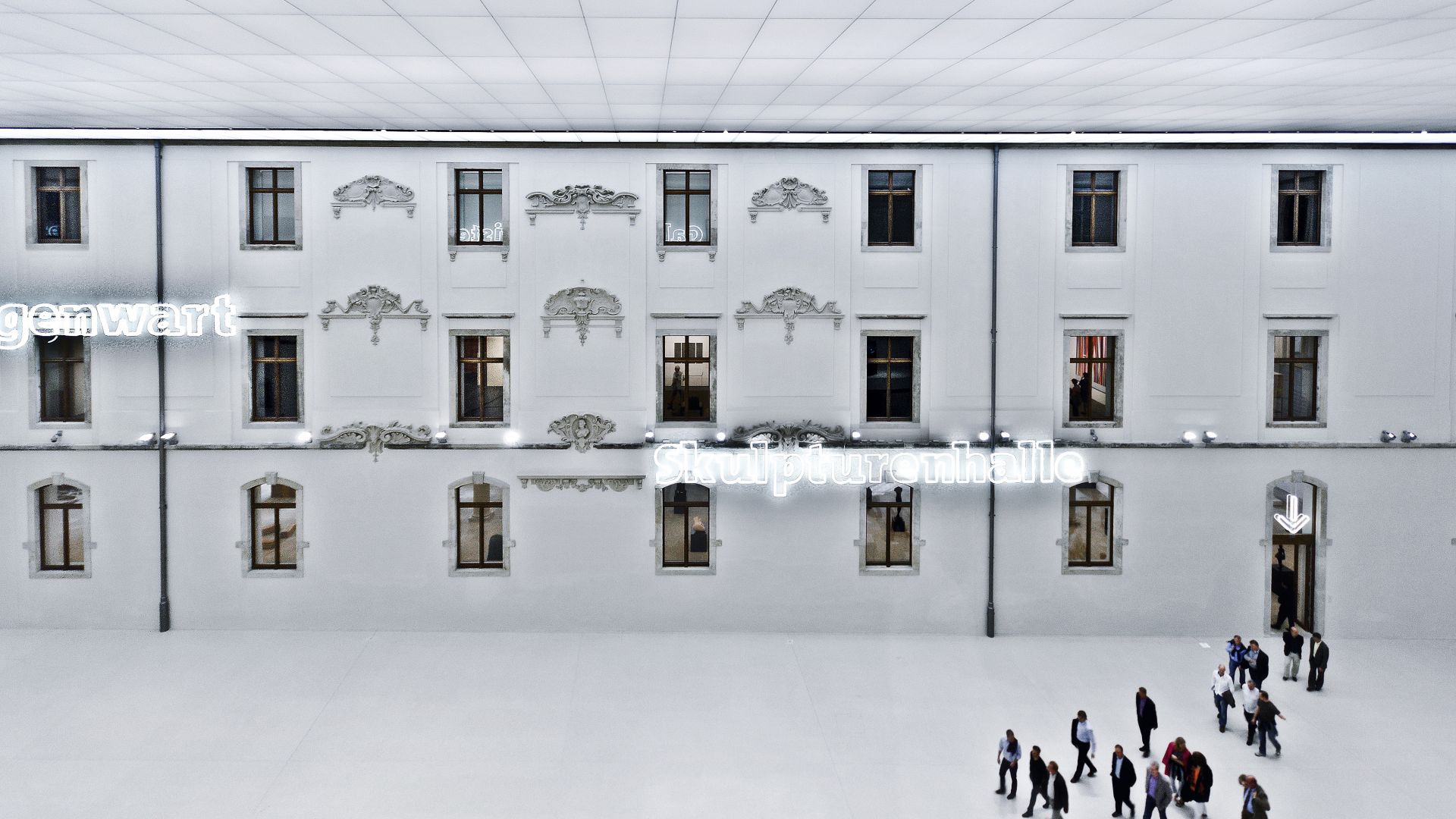Cities & Culture
Museums of modern art: a finger on the pulse of the times
What exactly is modern art? And what defines contemporary? Not simple questions. The answers are explored by many exciting museums, showing the enormous wealth of styles, types of representation and experimental exhibits that have been created in the 20th and 21st centuries.
Museum Ludwig, Cologne: a hot spot for fans of Pop Art, and Picasso
 Cologne: Exterior view of the Ludwig Museum and Cologne Cathedral
©Museum Ludwig (Foto A.R. + Foto Thomas Riehle)
Cologne: Exterior view of the Ludwig Museum and Cologne Cathedral
©Museum Ludwig (Foto A.R. + Foto Thomas Riehle)
If you would like to marvel at the largest collection of American pop art outside the USA, this museum near the Cologne Cathedral, founded by Peter and Irene Ludwig, is just the place for you. Here, real icons of this garish, funky style are on display, such as Roy Lichtenstein's "M-Maybe" and Tom Wesselmann's "Great American Nude No. 98", as well as some major works by Andy Warhol, Jasper Johns and others. However, the museum is also dedicated to other art movements of the 20th and 21st centuries. In addition to one of the largest Picasso collections in the world (including the painting "Harlequin with Folded Hands"), the portfolio includes important exhibits of the Russian avant-garde as well as abstract expressionism, from Mark Rothko to Jackson Pollock. Other treasures include a collection of around 70,000 works on the history of photography, and the Haubrich Collection. The artwork donation by Cologne lawyer Josef Haubrich shows key works of German Expressionism and Neo-Realism, including gems such as the portrait of "Doctor Hans Koch" by Otto Dix and the "Half-Naked Woman with a Hat" by Ernst Ludwig Kirchner, as well as works by Marc Chagall, Max Beckmann and Paula Modersohn-Becker. This much art stimulates one's own imagination. In the Digital Creative Lab, POP LAB and other studios, visitors can give free rein to their creativity...
Schirn Kunsthalle Frankfurt: temporary exhibitions of the highest quality
 Frankfurt am Main: Skyline at sunset from the cathedral
©#visitfrankfurt (David Vasicek)
Frankfurt am Main: Skyline at sunset from the cathedral
©#visitfrankfurt (David Vasicek)
Located in Frankfurt's old town between Römerberg and Kaiserdom, the Schirn Kunsthalle, colloquially just known as "Die Schirn", is considered to be one of the most renowned exhibition houses for modern and contemporary art in Europe. It has earned this reputation through its original productions, publications and exhibition collaborations with other top galleries such as the Centre Pompidou, the Tate or the Museum of Modern Art. That is generally what makes it so special: the building complex, clad in light sandstone and consisting of several interlocking structures, the most striking part of which is the rotunda crowned with a glass dome, doesn't house its own collection. Instead, the curators organise and display temporary exhibitions and projects on selected themes, or on the work of individual artists, on around 2,000 square metres of exhibition space – and in cleverly crafted digitorials. Since it opened in 1986, it has hosted around 250 exhibitions, visited by a total of over 9 million art lovers. Among the most popular were exhibitions on Edvard Munch, Wassily Kandinsky, Henri Matisse, and the Parisian Bohème of around 1900.
ZKM Center for Art and Media Karlsruhe: a unique cultural institution
 Karlsruhe: Center for Art and Media Technology (ZKM) by night
©ZKM | Zentrum für Kunst und Medien Karlsruhe (Uli Deck)
Karlsruhe: Center for Art and Media Technology (ZKM) by night
©ZKM | Zentrum für Kunst und Medien Karlsruhe (Uli Deck)
Founded in 1989, the Center for Art and Media, or ZKM for short, is one of the most unusual places in Karlsruhe – and in the global museum scene. The way interactive art is shown and the most diverse genres are interlinked here is unique. The sheer number of installations alone is amazing! There is the Museum of Contemporary Art, the Media Museum, the Media Lounge, the Media Theater and the Laboratory for Antiquated Video Systems. In total, the ZKM collection comprises around 9,000 works of 20th and 21st century visual art, with several thousand more video and audio tapes. On the other hand, research and experiments are also carried out under the roof of a former listed factory, which is divided into ten sections, for example in the Institute for Visual Media and the Institute for Music and Acoustics. There, (guest) artists from all over the world are offered an ideal production environment to try out the latest technologies. In general, people play around with what's available, often in combination with painting, photography and sculpture, dance, theatre, performance and much more. In short: all the arts merge together. Visitors are sure to be delighted, as they can explore exciting video, music and light installations, computer-supported, interactive and immersive environments – specifically virtual reality – as well as completely new exhibition formats across more than 15,000 square metres of exhibition space.
Albertinum Dresden: modern classics
 Dresden: Lichthof in the Albertinum with visitors
©Lookphotos (Travel Collection)
Dresden: Lichthof in the Albertinum with visitors
©Lookphotos (Travel Collection)
Not far from the Elbe, directly on the Brühl Terrace, a long building in the style of the High Renaissance was built at the end of the 19th century: the Albertinum, named after King Albert of Saxony. At the beginning of the 21st century, fundamental renovation work followed after the floods of 2002, including the installation of a depot and restoration workshops. Since then, these have been suspended 17 metres above the light-flooded inner courtyard as an "ark for art". In terms of content, however, the most important change at the reopening in 2010 (besides the relocation of the Green Vault to the Residenzschloss) was the merger of the Galerie Neue Meister and the Sculpture Collection. According to the motto, "This is where painting meets sculpture, East meets West and today meets tomorrow", a tour through the new exhibition spaces repeatedly connects painting and sculpture (the most important of which include Wilhelm Lehmbruck's "Kneeling Woman", Edgar Degas' "The Little Fourteen-Year-Old Dancer" and Auguste Rodin's "The Thinker") in dialogue. This also applies to the special exhibitions, which mainly present contemporary works. True masterpieces of painting, from 1800 to the present day, enrich the permanent exhibition. It brings together a Who's Who of the high arts, with exhibits ranging from Caspar David Friedrich to Paul Gauguin, Vincent van Gogh, Max Slevogt and Georg Baselitz. "The War" by Otto Dix, one of the best-known representatives of New Objectivity, and two rooms that permanently show works by Dresden-born artist Gerhard Richter, are particularly interesting.